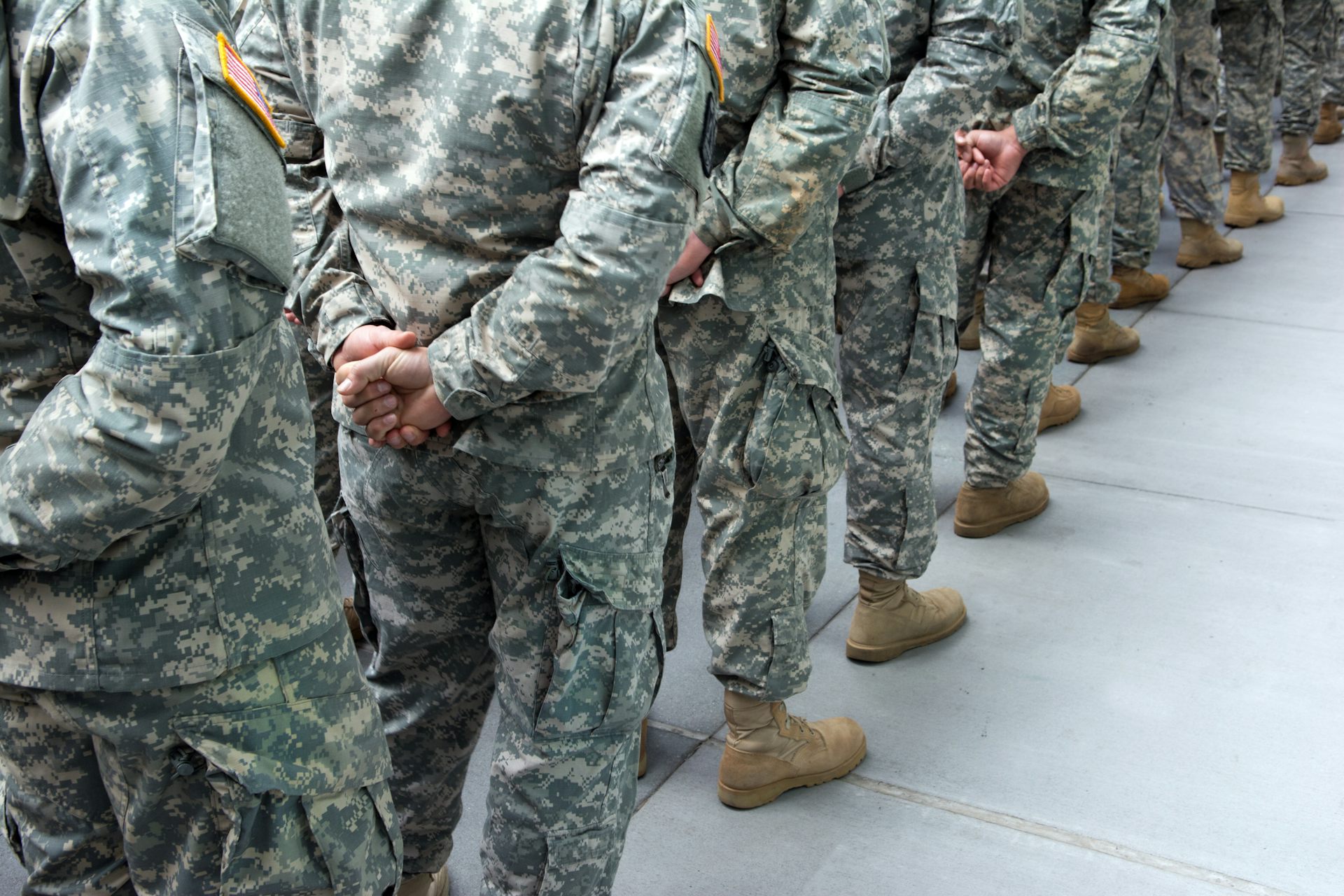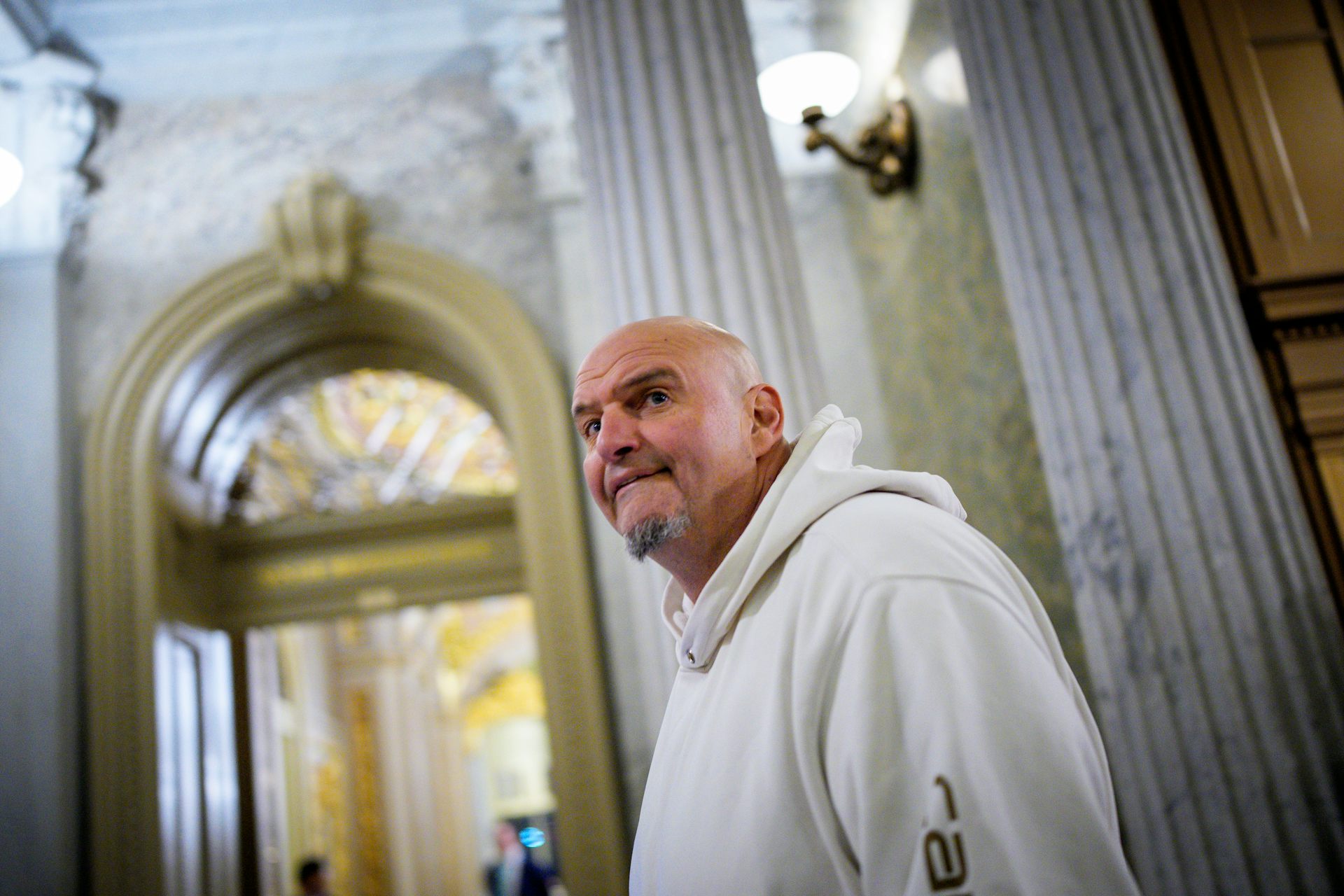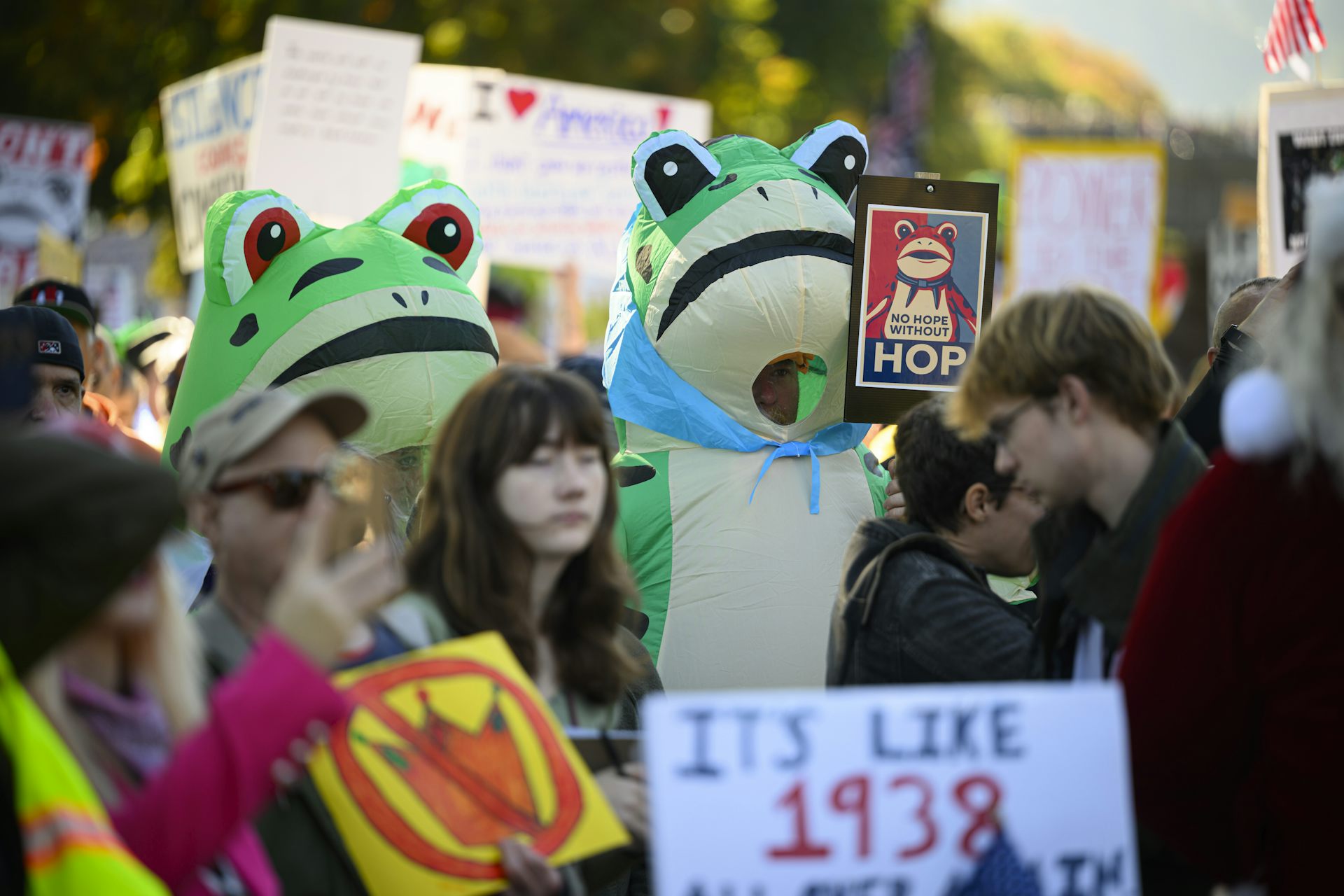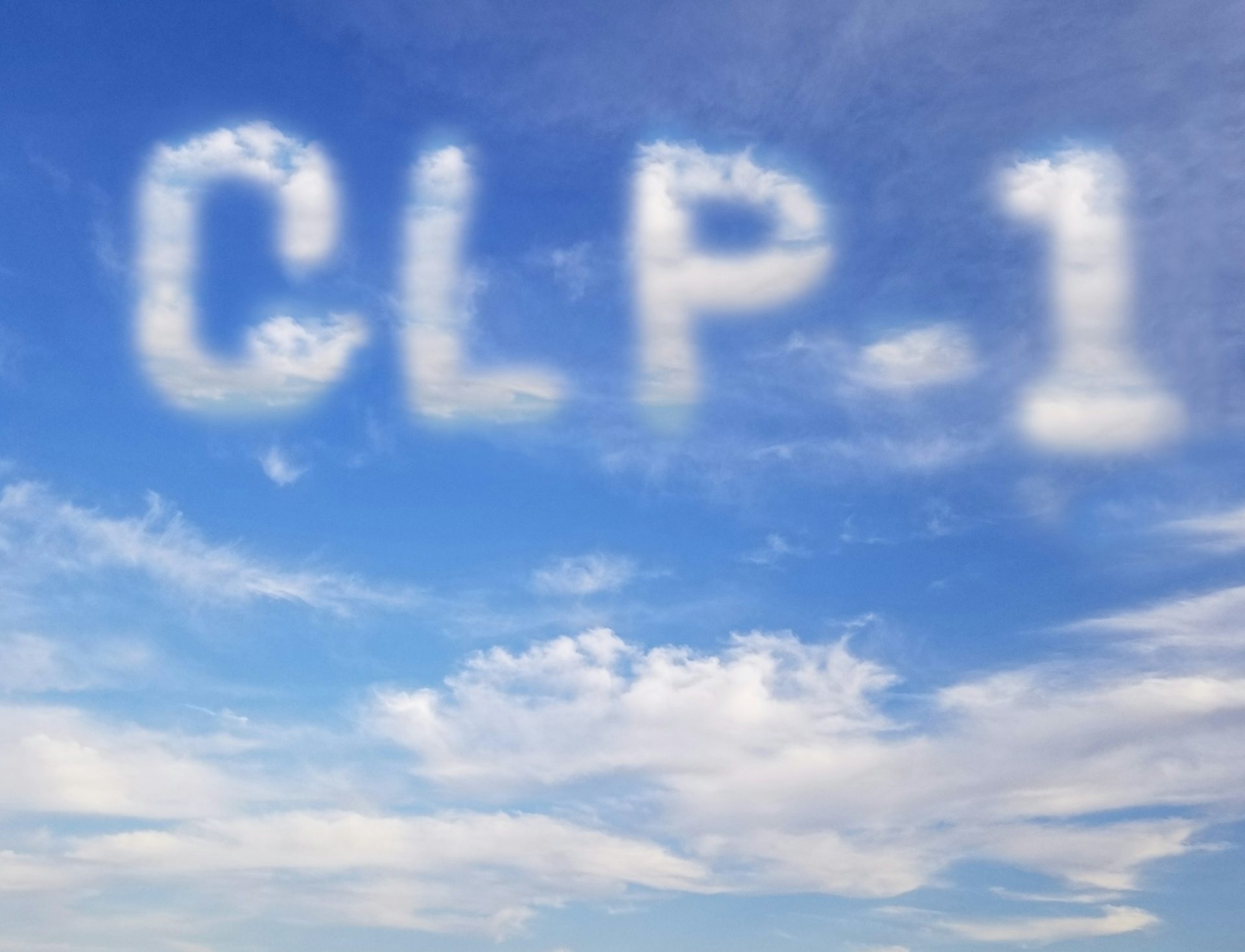Why it was once unthinkable for the president to be seen with the pope
The GOP was once the political home of anti-Catholicism. And the Vatican, it was believed, would use a Catholic president as a way to meddle in US politics.

The much-anticipated meeting between President Donald Trump and Pope Francis – the third stop on the first overseas trip of Trump’s presidency – proved successful. Reports from the Vatican note that after “some initial awkwardness” the two men managed to exchange “smiles and pleasantries,” even amid their well-documented disagreements on issues ranging from immigration to the environment.
That the two men could even manage such pleasantries seemed unthinkable a year ago.
In February 2016, the pope criticized Trump’s central campaign pledge of a wall on the U.S.-Mexico border. Francis suggested that Trump “is not a Christian if he said things like that.”
The response by Trump and his supporters moved the conversation beyond policy specifics. They raised the broader question of the pope’s involvement in politics. While reminding audiences that he is “proud to be a Christian,” Trump attacked Francis for being a “very political person.” In the campaign’s suggestion that the pope was interfering in U.S. politics, some observers heard echoes of older religious bigotry. One commentator wondered if Trump was “bringing anti-Catholicism back.”
This was not an unreasonable question to ask.
As the author of “Saving Faith,” a book on the efforts to develop a culture that respected religious pluralism in the United States a century ago, I recognize the issues at stake here: For the better part of a century, the GOP was the political home of anti-Catholicism in the U.S.
History of anti-Catholicism
During the late 19th century, large numbers of Catholics immigrated to the United States. Republicans frequently espoused open hostility to the newcomers. In 1884, a prominent supporter of the GOP’s presidential nominee denounced Democrats as the party of “Rum, Romanism, and Rebellion.” Campaign rhetoric that year suggested that Catholics were a destabilizing force in American society.
More generally, observers proclaimed that Catholics maintained allegiance to the church first and to American values and institutions second. Anti-Catholic cartoons suggested that Catholics would use political power to dismantle the nation’s institutions. This baseless fear had circulated in the U.S. since the arrival of Irish Catholics several decades earlier. It often centered on the belief that Catholics, at the pope’s behest, would try to dismantle the nation’s public education systems.

Anti-Catholic rhetoric became especially heated when Catholics ran for public office. In 1928, Democrats nominated the first Catholic candidate for president, Al Smith. A wave of bigotry followed. As in the late 19th century, critics argued that the Catholic Church was too political. The Vatican would use a Catholic president as a way to meddle in U.S. politics.
Following Smith’s defeat, 32 years would pass before Democrats nominated another Roman Catholic candidate: John F. Kennedy. Before Kennedy won the close election, though, he also faced questions about whether he was loyal to the U.S. or to the pope.
Fighting anti-Catholicism
Of course, it would be wrong to suggest that the GOP’s history is only one of anti-Catholicism. Even at the height of anti-Catholic bigotry during the late 19th and early 20th centuries, prominent voices within the party offered an alternative.
As I discuss in my study of religious pluralism in the early 20th century, some famous Republicans were among those who worked hardest to fight anti-Catholicism.
When he ran for president in 1896, William McKinley made outreach to Catholic voters a central part of his campaign. This was especially noteworthy because earlier in his career, McKinley had urged Republican candidates to target voters who “hate the Catholics.” Though they continued to overwhelmingly support Democrats, McKinley was the first GOP candidate to make substantial inroads with Catholic voters.
Theodore Roosevelt, who became president when McKinley was assassinated in 1901, did even more to fight anti-Catholicism. Throughout his career, he published articles and speeches denouncing religious bigotry. According to Roosevelt, people who espoused anti-Catholic views were “entirely un-American.” The military hero and popular politician rejected “any discrimination against or for a man because of his creed.”
Bringing Catholics into the party
Though it took decades after his death, Roosevelt’s perspective ultimately triumphed within the GOP. During the late 20th century, Catholic voters increasingly found common ground with Republicans on social issues such as abortion and a commitment to fighting communism abroad. What had once been the party of anti-Catholicism regularly won the support of nearly half of U.S. Catholics.
By 2016, the GOP had so expunged its anti-Catholic past that many candidates for the party’s nomination for president – including Marco Rubio, Jeb Bush and Chris Christie – were Catholic.
Presidents and popes

Republican politicians also became willing to do what was once unthinkable: be seen with the pope. In 1959, Dwight Eisenhower became the first U.S. president to visit the Vatican. A representative of the party that had once campaigned on the fear that Catholic leaders would interfere in American politics had gone to Rome to meet the pope. Eisenhower set a lasting precedent. Every Republican president since has made the same trip.
As the 2016 campaign progressed, Donald Trump avoided igniting additional feuds with Francis. Although analysts believed that the candidate had a “Catholic problem,” Trump did quite well with Catholic voters on Election Day. He not only won white Catholics, but he increased the GOP’s share of Catholic voters over 2008 and 2012. Despite his sharp rhetoric on immigration, Trump also won a larger share of Hispanic Catholic voters than the GOP did in those years.
The meeting at the Vatican might well allow Trump an opportunity to put any lingering suspicion of anti-Catholicism to rest and cast himself as the heir of McKinley and Roosevelt’s views on Catholicism. As he departed for Belgium, the president tweeted, “Honor of a lifetime to meet His Holiness Pope Francis.” That’s a far cry from Trump’s past tweets about the pope.
David Mislin does not work for, consult, own shares in or receive funding from any company or organization that would benefit from this article, and has disclosed no relevant affiliations beyond the academic appointment above.
Read These Next
Just follow orders or obey the law? What US troops told us about refusing illegal commands
A majority of service members understand the distinction between legal and illegal orders.
John Fetterman is an unusual politician – but his rise from borough mayor to US senator reflects a r
NAFTA and the decline of American community have created a new path for mayors of small and midsized…
The plague of frog costumes demonstrates the subversive power of play in protests
‘Protest costumes’ are now a category on Amazon. Protesters use them to soften their public image…






